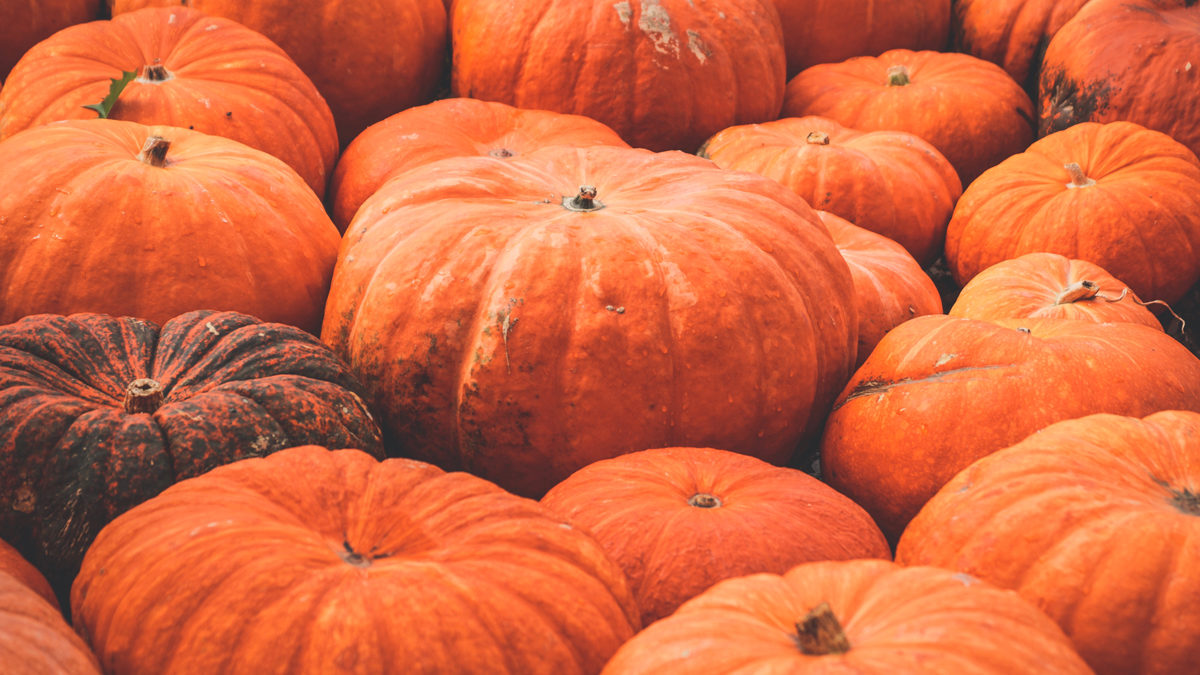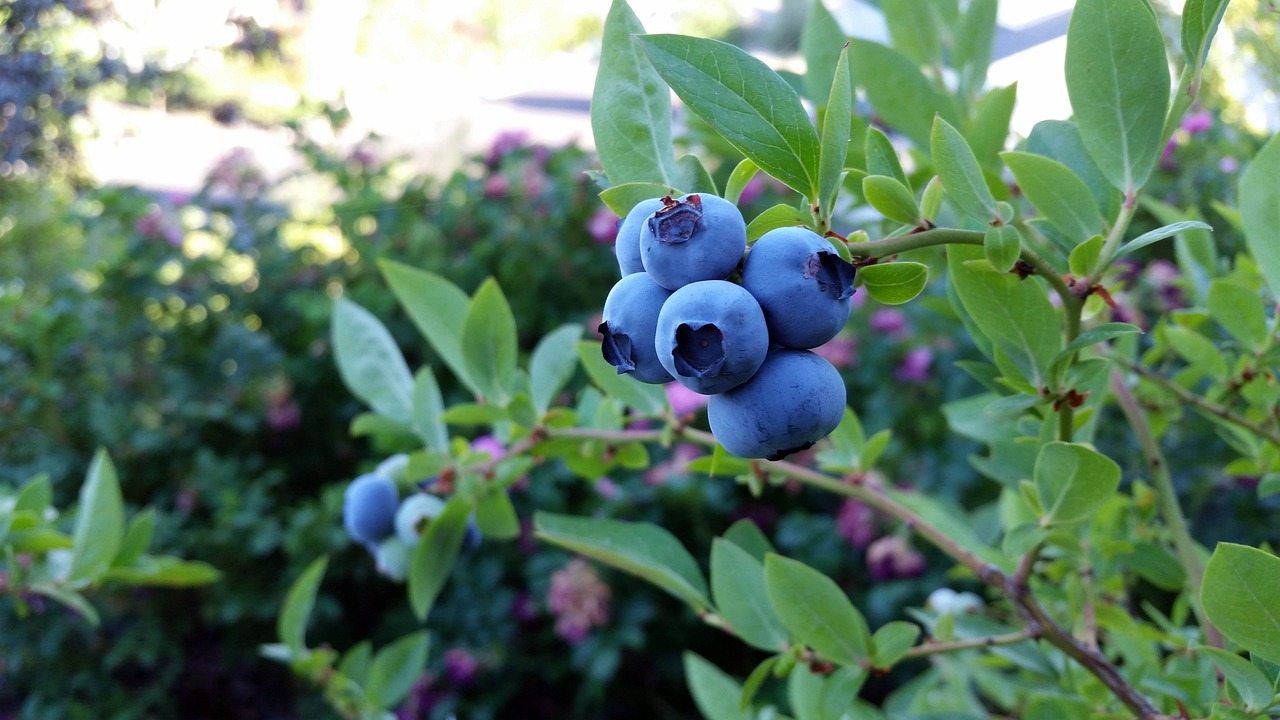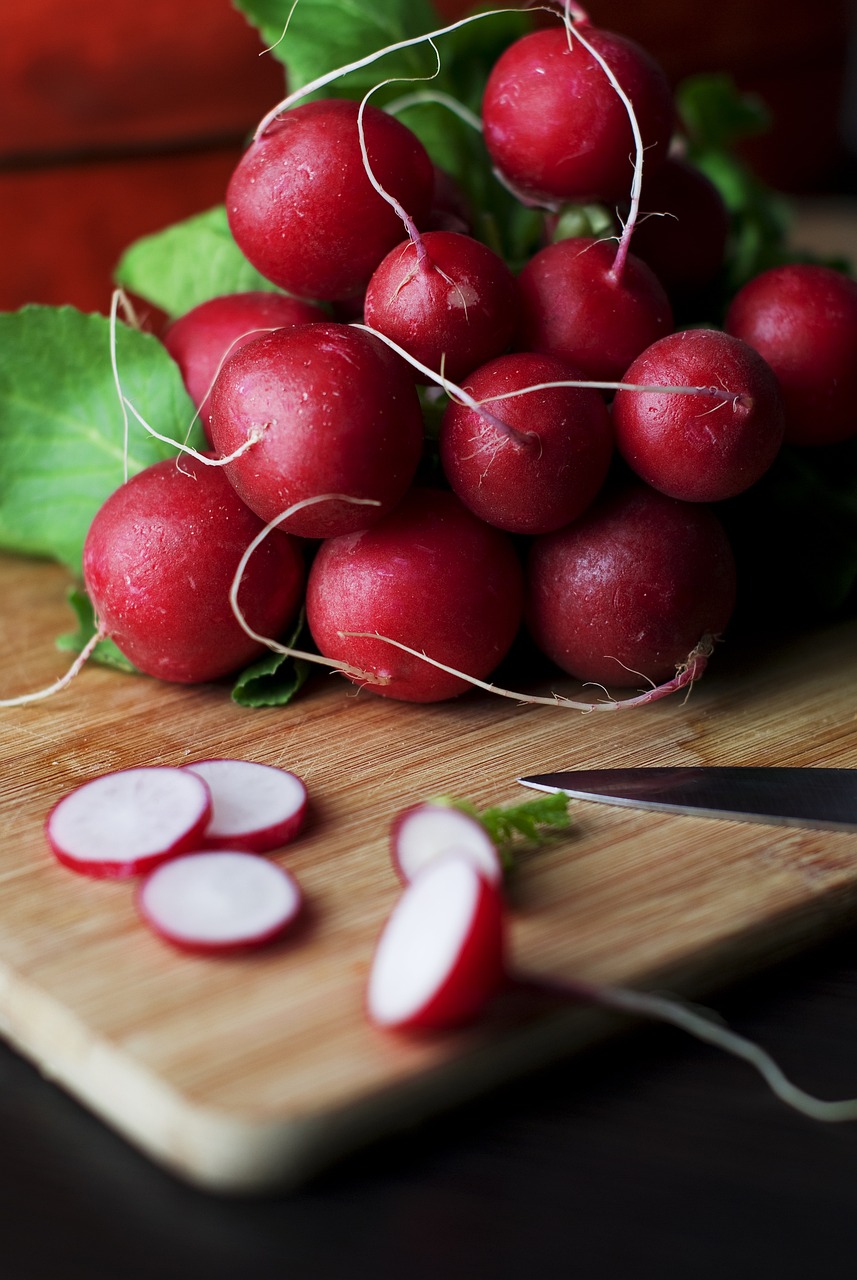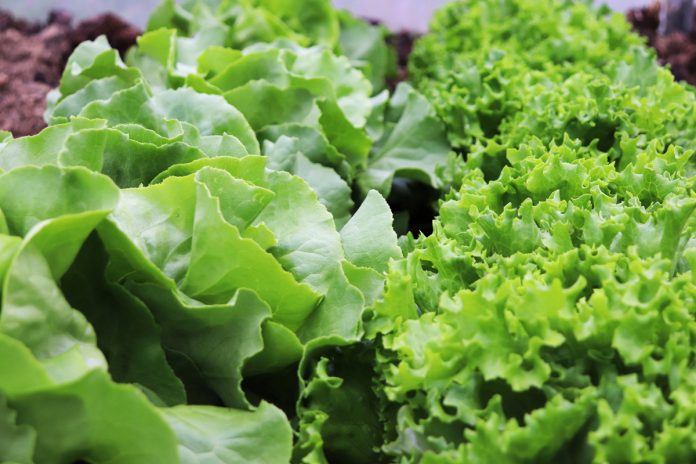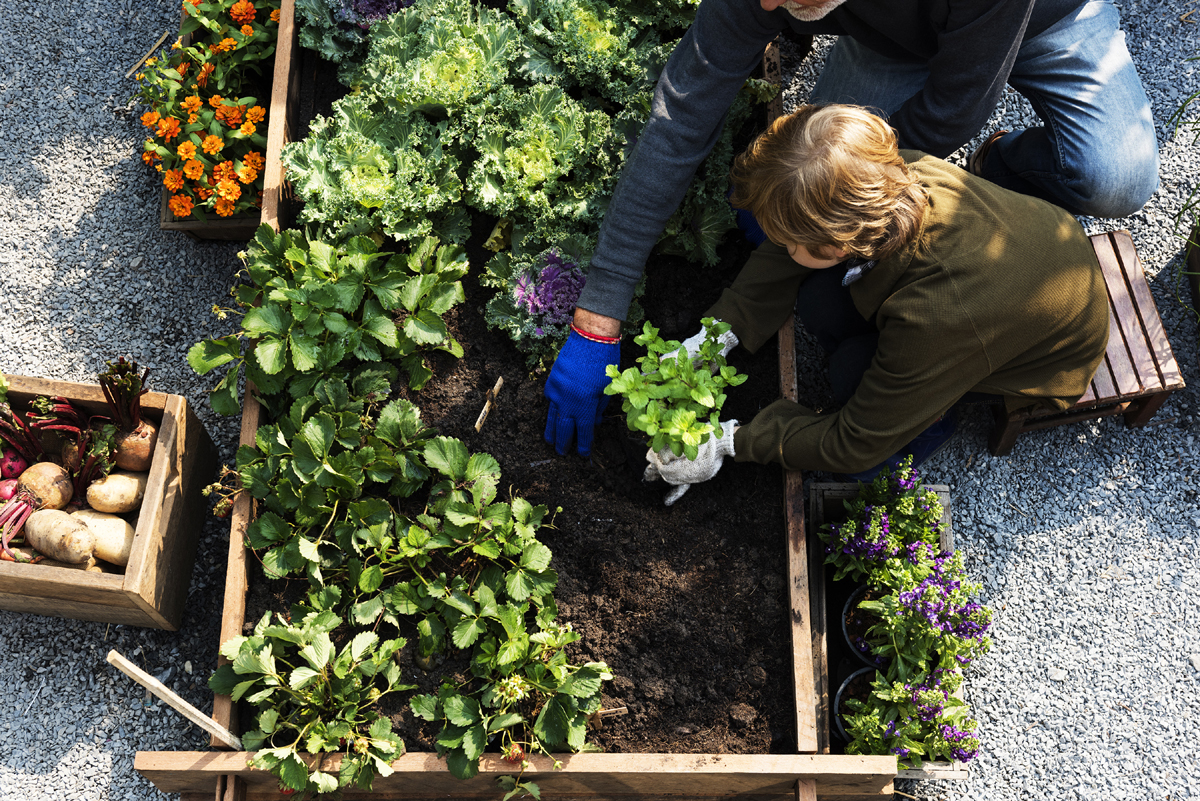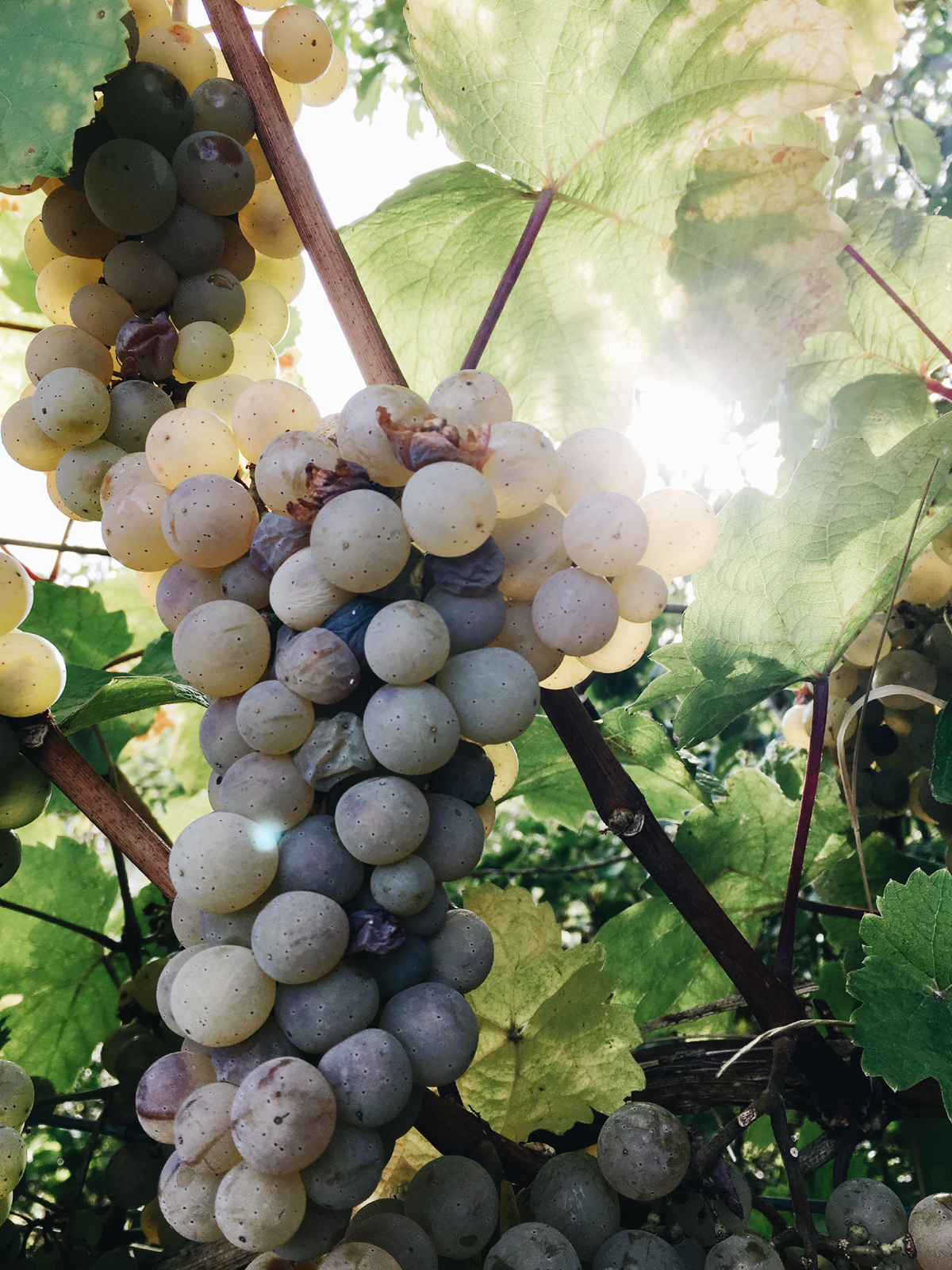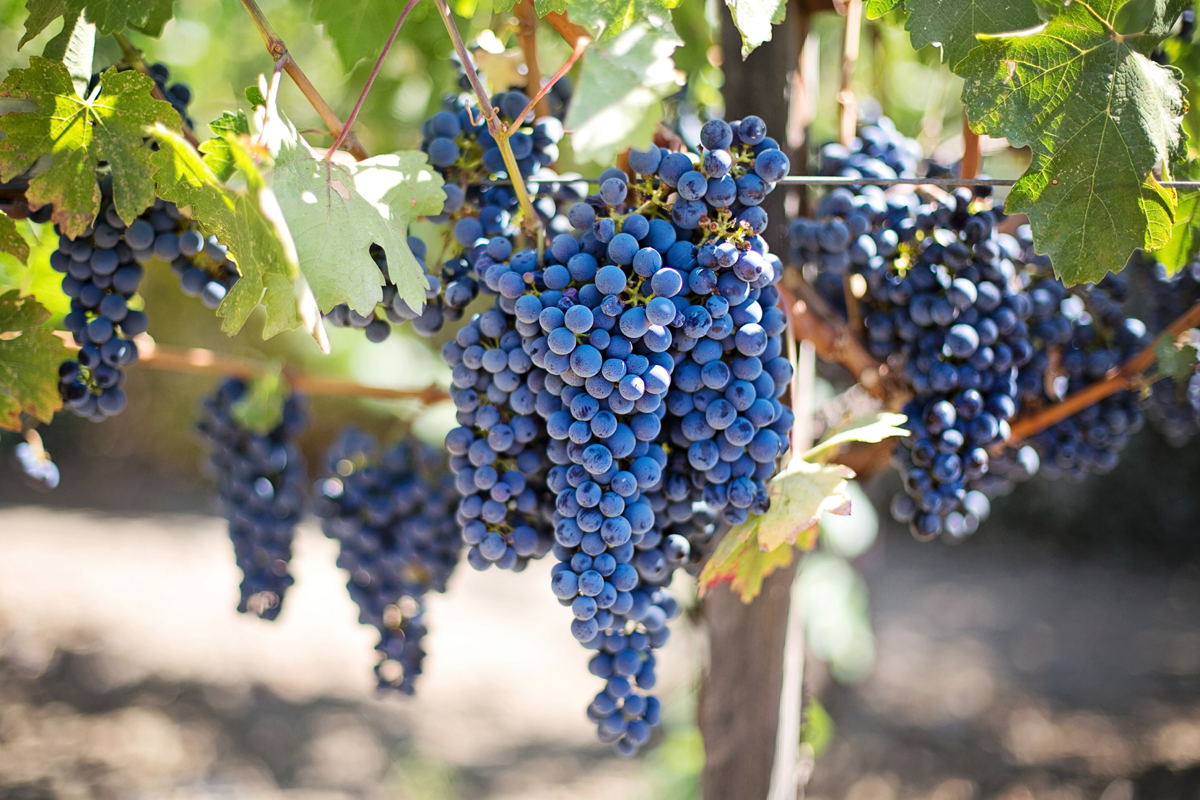Growing Gooseberries in The Home Garden
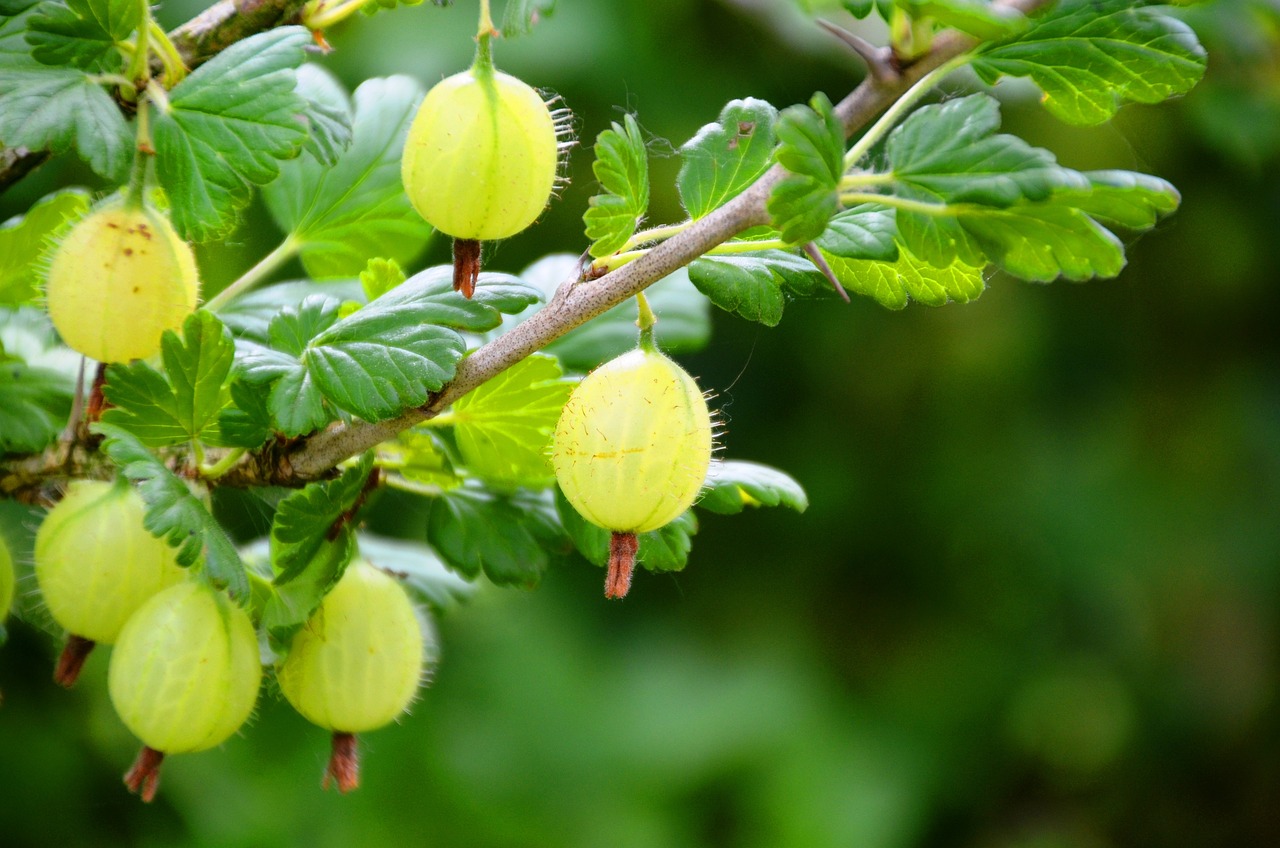
You don’t usually see gooseberries as much as say raspberries, cherries or strawberries – yet they have a wonderful taste and effect on the palate – so if you have room – give them a go.
There are many varieties of gooseberry to try, from those that have tiny, sweet yellow fruits to those that produce large, red dessert types.
Try growing more than one variety of both dessert and culinary types to extend the picking season.
The plants grow to between three to five feet high and can be dense with thorny arching branches which need to be controlled. This means pruning away inward growing branches to permit good airflow and sunlight to penetrate.
In the winter remove all inward growing branches, plus dead and diseased canes. Also thin out the rest if they seem over-crowded. Cut back to a young shoot. Shorten any new growth to about half.
As with roses, keeping the center open for air movement and sunlight, helps keep the plant healthy and allows it to be more disease resistant, especially to fungal problems.
Gooseberries are usually long-lived and like most fruits prefer, well-drained, friable soils well composted and mulched. Include well-rotted manures in the compost. The mulch is important as they prefer cooler, moist soil.
Plant your canes just a wee bit deeper than where they were previously and at about 3 feet apart. If you have more than one row – keep about 6 feet between the rows.
Prune in late winter or early spring during plant dormancy.
Gooseberries mainly bear their fruit on older wood (2-3 years) so by having some of each age (1, 2, 3 years) will help maintain a regular renewal of fruiting wood.
You may need to consider netting as the birds love gooseberries too!
Propagation
While American cultivars are easier to propagate than those of European origin, the latter are arguably better tasting.
Cuttings, about 12 inches long can be prepared in the autumn. Remove though any tip growth. Choose those pieces that still have a couple of leaves left on them.
You can tip layer and mound layer and this does mean that the resulting small plants are ready for transplanting the next fall.
The easiest way is to buy container grown bushes – and when planting make sure the root ball surface is at ground level. Always keep them moist until well established.
And, if you have limited space grow a standard in a tub container!
I don’t fertilize because I believe if you have good compost and mulch, then this should be enough.
The Author:
Peter Ryan is a landscape and gardening expert.

